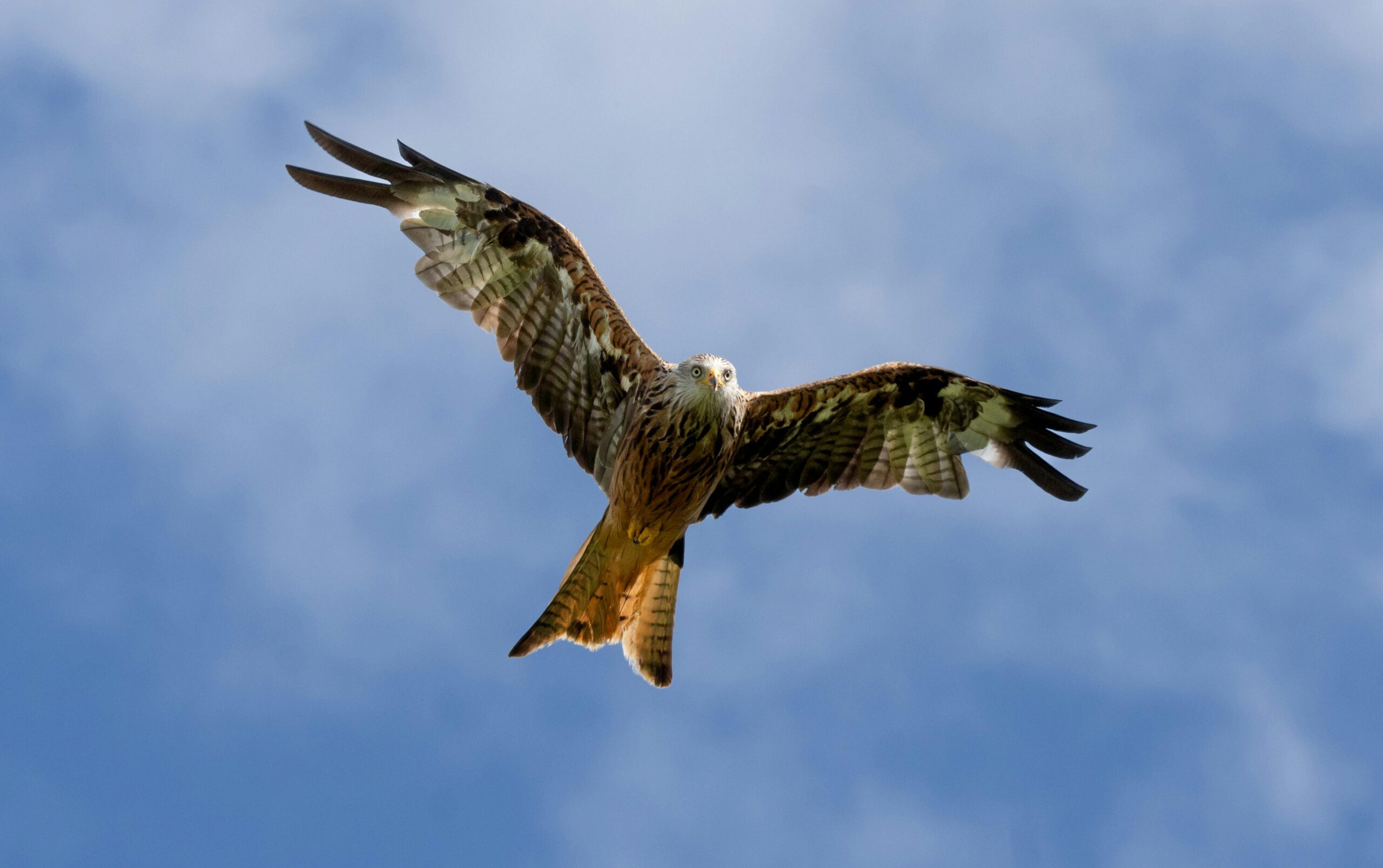Introduction to the Red Kite: A Fascinating Bird of Prey
The Red Kite (Milvus milvus) is a captivating bird of prey, known for its distinctive reddish-brown body, angled wings, and deeply forked tail. This raptor, native to the Western Palearctic region, is a sight to behold as it soars gracefully in the sky, often in groups, creating a spectacle that is both mesmerizing and awe-inspiring. The Red Kite’s diet primarily consists of carrion, small mammals, and occasionally, birds and insects.
Despite their majestic appearance and fascinating behavior, Red Kites have faced significant challenges over the years. They were once on the brink of extinction in the UK due to persecution and habitat loss. However, thanks to concerted conservation efforts, their numbers have rebounded, and they are now a common sight in many parts of the country.
Understanding the Importance of Nests in Red Kite Reproduction
Nests play a crucial role in the reproduction of Red Kites. These birds are monogamous, with pairs often staying together for life. The breeding season typically begins in April, and the construction of the nest is a joint effort between the male and female. The nest not only provides a safe place for the eggs to be laid and incubated but also serves as a secure environment for the chicks to grow and develop once they hatch.
The nest’s location is also of paramount importance. Red Kites typically choose tall trees in secluded areas to build their nests, providing them with a vantage point to spot potential threats and easy access to their hunting grounds. The nest’s structure and location are thus integral to the successful reproduction of these magnificent birds.
The Intricate Process of Nest Building by Red Kites
The process of nest building by Red Kites is a meticulous and intricate one. The male usually initiates the process by bringing twigs and branches to the chosen site. The female then takes over, arranging the materials and lining the nest with soft materials such as grass, moss, and wool. This not only provides comfort but also helps to insulate the eggs and chicks from the cold.
The nest-building process can take several weeks, and the result is a large, sturdy structure that can withstand the elements. Interestingly, Red Kites often reuse their nests year after year, adding new materials each breeding season. This continual reinforcement results in nests that can reach impressive sizes, sometimes measuring up to 2 meters in diameter.
How Nests Contribute to the Survival of Red Kite Chicks
The nest plays a pivotal role in the survival of Red Kite chicks. Once the eggs are laid, they are incubated by both parents for about a month. After hatching, the chicks are entirely dependent on their parents for food and protection. The nest provides a safe haven for the chicks during this vulnerable period, protecting them from predators and harsh weather conditions.
Moreover, the nest’s location high up in the trees also plays a significant role in the chicks’ survival. It provides the chicks with a safe platform to practice their flying skills before they are ready to leave the nest. Thus, the nest is not just a place for laying eggs and rearing chicks, but also a training ground for the young kites.
Threats to Red Kite Nests and Their Impact on Population
Despite the importance of nests in Red Kite reproduction and survival, they face numerous threats. These include habitat loss due to deforestation, disturbance by humans, and predation by other animals. These threats can lead to nest failure, resulting in the loss of eggs or chicks, which can have a significant impact on the Red Kite population.
For instance, a study conducted in Wales found that nest failure due to human disturbance was one of the main reasons for the low breeding success of Red Kites. This highlights the need for measures to protect Red Kite nests to ensure the survival of this species.
Conservation Efforts: Protecting Red Kite Nests for Future Generations
Recognizing the importance of nests in the survival and reproduction of Red Kites, various conservation efforts have been undertaken to protect them. These include habitat preservation, public education, and legal protection. For instance, in the UK, it is illegal to disturb Red Kites or their nests during the breeding season.
Moreover, organizations like the Royal Society for the Protection of Birds (RSPB) are actively involved in monitoring Red Kite nests and providing advice on how to protect them. Through these efforts, it is hoped that the Red Kite population will continue to thrive, allowing future generations to marvel at the sight of these magnificent birds soaring in the sky.

